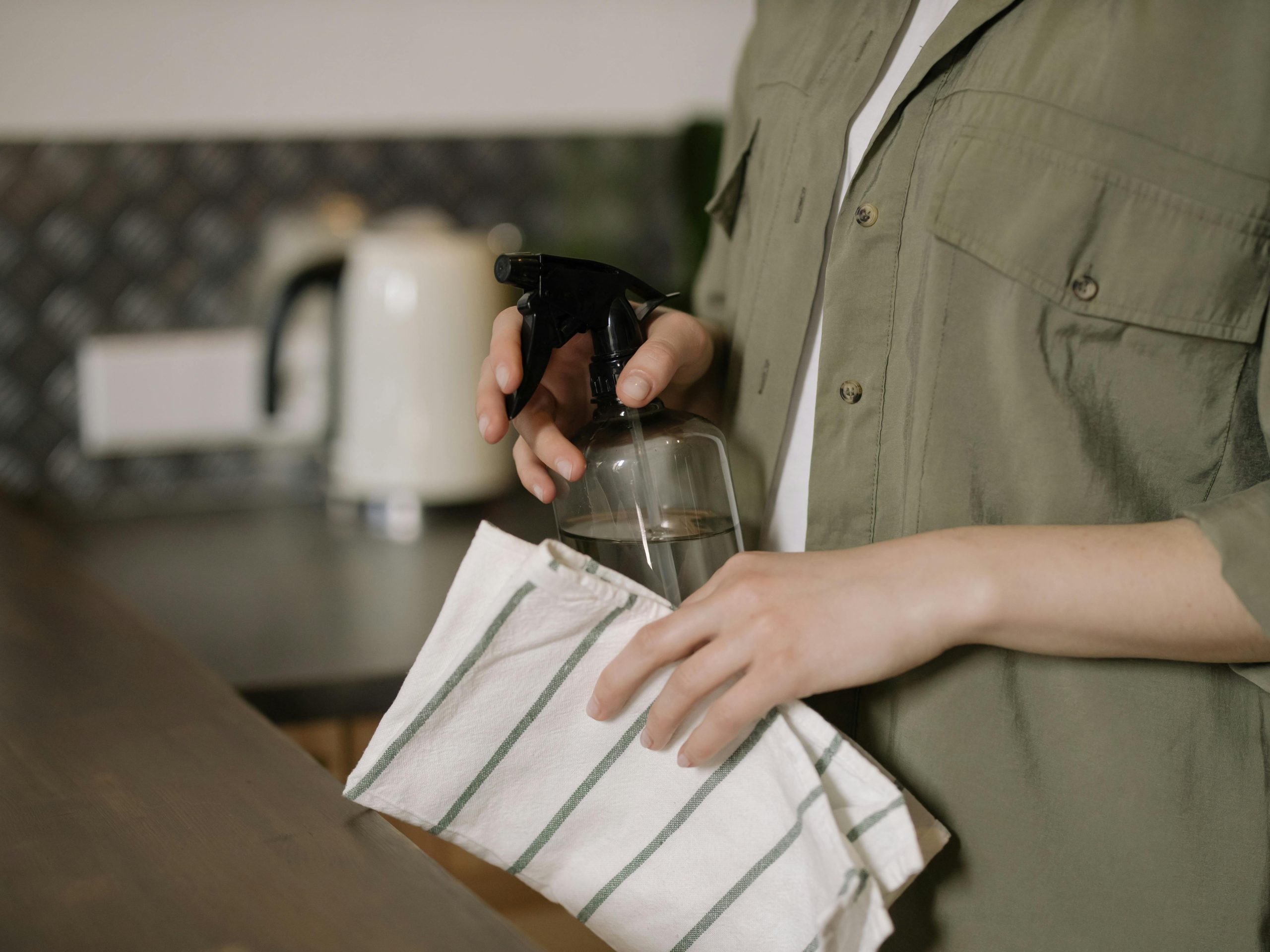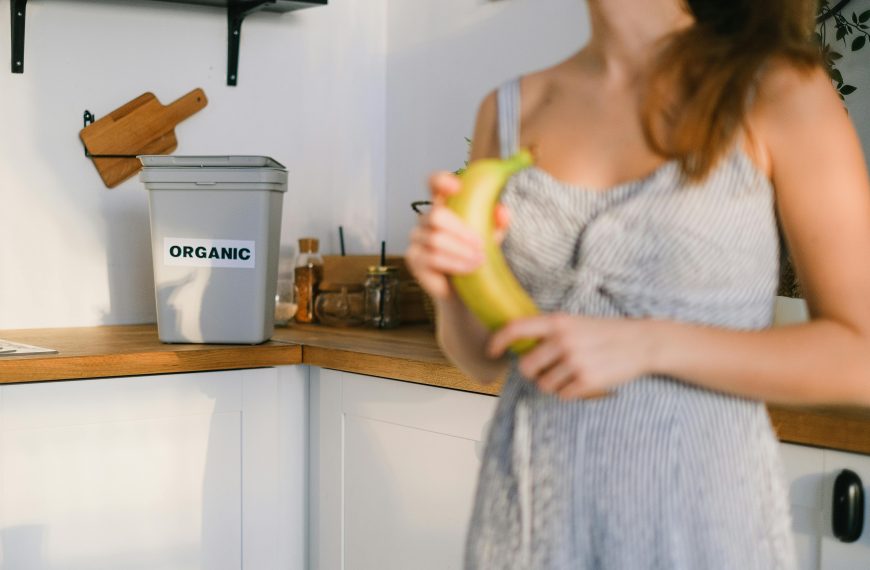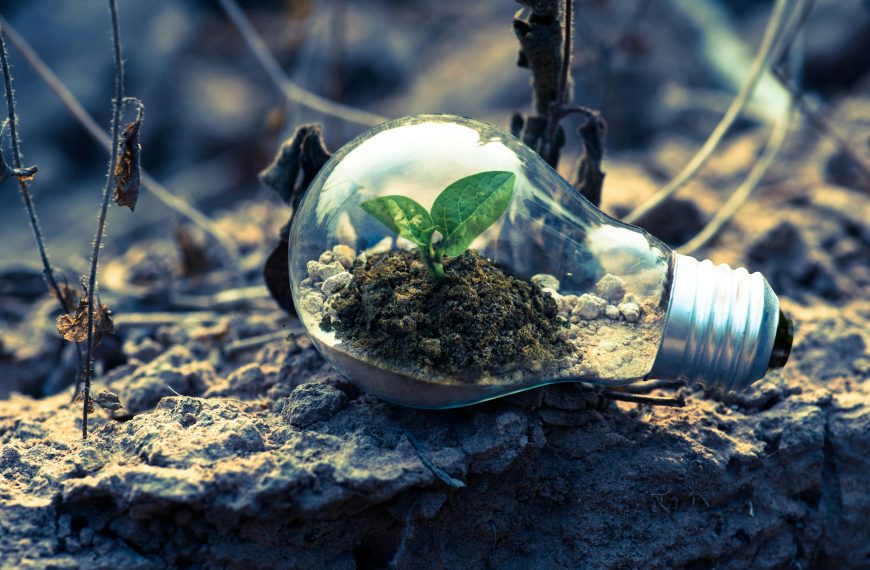In today’s fast-paced world, establishing a sanctuary prioritizing health and well-being is crucial. An effective approach is transforming your home into a space free from harmful chemicals. Many household products contain substances leading to health problems, including skin irritation. This guide provides insights and practical advice on creating a chemical-free home for you and your loved ones.
Understanding Chemicals in Your Home
Before embarking on the journey toward a chemical-free home, it’s crucial to understand the chemicals present in household items. Cleaning products, personal care items, and furnishings often contain substances like phthalates, formaldehyde, and volatile organic compounds (VOCs), contributing to air pollution and negatively impacting health.
Choosing Cleaning Products Wisely
Cleaning products are a significant source of chemical exposure in homes. To establish a chemical-free environment, opt for non-toxic alternatives such as vinegar, baking soda, and lemon. Explore brands offering cleaning solutions made from plant-based and biodegradable ingredients. Consider air purifiers with HEPA and activated carbon filters to improve air quality.
Indoor plants not only add appeal but also act as natural air purifiers. Plants like snake plants, spider plants, and peace lilies filter indoor pollutants, contributing to a livelier living environment.
Prioritize sustainable and non-toxic materials when choosing furnishings. Opt for furniture crafted from wood or bamboo, avoiding pieces treated with chemicals like formaldehyde. Choose eco-friendly upholstery options and mattresses made from organic cotton, wool, or natural latex. Flooring choices like hardwood, bamboo, or cork release fewer chemicals than synthetic alternatives.
Making Your Laundry Routine Eco-Friendly
Traditional laundry products may contain chemicals and synthetic fragrances. Switch to natural detergents and fabric softeners or create your own with baking soda and essential oils. Air-dry clothes to conserve energy and reduce your carbon footprint.
Clean and Pure Drinking Water
Install a water filter to ensure chemical-free drinking water by removing contaminants while retaining essential minerals for hydration.
Thoughtful Choices for Personal Care
Opt for personal care products free from parabens, sulfates, and synthetic fragrances. Explore organic brands prioritizing transparent ingredient lists.
Achieving Pest Control Naturally
Avoid conventional pest control methods relying on lingering chemicals. Opt for alternatives like earth, essential oils, or vinegar to discourage pests. Seal cracks and entry points to prevent pest infiltration.
Educating and Empowering Others
Creating a chemical-free household involves sharing knowledge. Inform friends and family about product hazards, encouraging informed decisions for their homes. Raising awareness contributes to a more sustainable future.
Transitioning into a Chemical-Free Home
Transforming your home into a chemical-free environment requires a purposeful approach. Select products and integrate alternatives to establish a haven promoting health and well-being. Every decision, from cleaning products to furnishings, plays a role in fostering a sustainable and healthy lifestyle. Embrace the journey towards a greener and more vibrant living space—a sanctuary for you and your family.









